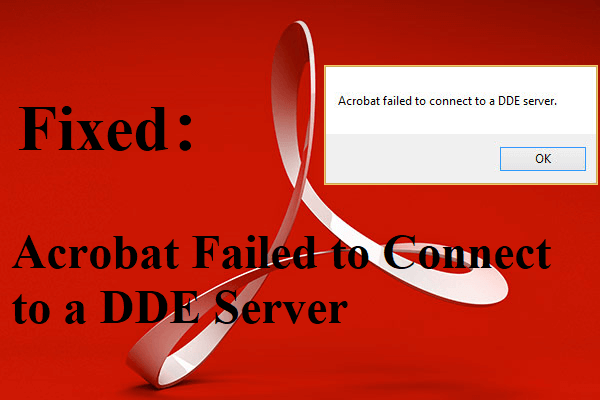Today’s hackers and cyber-criminals are more sophisticated and persistent than ever, so it’s important to keep up with the latest threats to your company’s website security. One of those threats is a DoS (Denial of Service) attack. A DoS attack targets websites, email accounts, and other services that rely on your network, denying users access to their information or devices.
These attacks can pose a real threat to the security and stability of your business while costing you time and money to fix the problem, not to mention the loss of revenue while your system is down. Digi Knowlogy shares this guide to help you through the process.
How Does It Happen?
The most common way to disrupt your network is to flood your server with requests that come from fabricated addresses the server can’t authenticate. This overwhelms the system and causes it to deny service even when legitimate requests come in.
- Attackers can create what’s known as a SYN flood, which is a request that can’t complete the “three-way handshake” (TCP/IP) connection between the localhost/client and the server. It occupies the port and renders it unavailable for further requests while the attackers continue to flood it with more requests.
- A Smurf Attack renders your system inoperable when large ICMP broadcast packets are sent out to many hosts asking for a response back to your server. The more hosts receive the request, the more their responses will flood your system, overwhelming it.
Although these attacks are often targeted towards specific hosts, your business can be affected indirectly if your internet or cloud service provider has been targeted.
What Is a DDoS Attack?
According to the U.S. Cybersecurity and Infrastructure Security Agency, a DDoS (distributed denial-of-service) attack occurs when multiple machines coordinate to attack one target. Vulnerabilities in a system’s security and devices allow hackers to take control over numerous devices using command and control software to create what is called a “botnet.”
Now, the botnets — a network of infected computers — can carry out whatever malicious plans the hackers have in mind. Even worse, Radware explains that botnets can be rented out to unskilled users via “attack-for-hire” services.
What Can You Do To Protect Your Business?
While it’s nearly impossible to guarantee you’ll never fall victim to a DoS attack, there are steps you can take to protect your company’s website and network from cyberattacks:
- Use and maintain quality antivirus software.
- Enroll in an IT program to enhance your awareness
- Educate your team about cybersecurity best practices
- Develop a disaster recovery plan (DLP) and run drills regularly
- Restrict the traffic to your computer with a firewall
- Hire cybersecurity professionals
Who Can Help You?
If your company doesn’t already have an IT team who is up on the latest technology and methods to protect your company from cyber-attacks, other professionals can help. You can employ a freelance cybersecurity specialist or work with trusted hackers for hire who provide the services you need. Make sure to look over reviews and costs before choosing a professional.
A network administrator can monitor your traffic and analyze data to determine the presence of an attack and advise you on how to proceed. In either case, weigh the costs involved in hiring outside help against the costs you might incur in the event of a massive service disruption.
The best way to protect your company’s website security is to stay ahead of the game as much as possible. Make sure you have the right tools, education, and professionals at your disposal so you can rest easy knowing your business is as secure as it can be.







